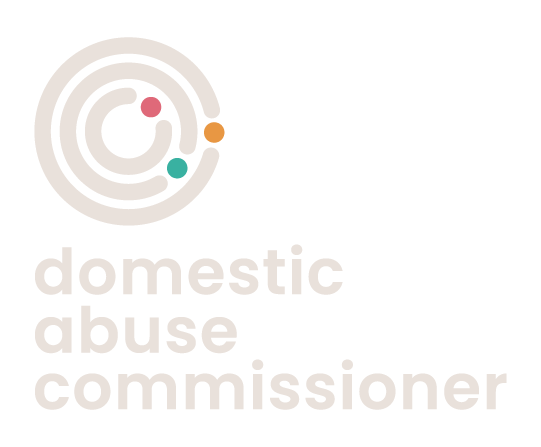Today the Office of National Statistics has published new figures on domestic abuse which cover the 12 months to 31st March 2023.
Responding to this data, the Domestic Abuse Commissioner, Nicole Jacobs, said: “2.1 million people over the age of 16 have been subject to domestic abuse in the past year.* Domestic abuse is a devastating crime and this evidence shows how far we have to go to prevent and end domestic abuse.
“Domestic Abuse is everyone’s business and every agency – from the police to health services – must deliver the highest standards for victims and survivors who come to them for help.
“Devastatingly, there were 370 victims of domestic homicide in the three-year period from 1st April 2019 to 31st March 2022. Every life lost to domestic abuse is a tragedy and my thoughts are with those who have lost loved ones.
“Every domestic homicide is preventable. I want to see agencies come together to learn the lessons from domestic homicide reviews so that future deaths can be prevented.
“The criminal justice system clearly has a significant role to play, yet criminal justice outcomes for domestic abuse are not improving enough. I am increasingly concerned that the CPS charging rate remains at the same low level as last year. This year just 6.8% of domestic abuse reports resulted in a charge.
“For sexual offences flagged as domestic abuse the charge rate was even lower, at 3%. This is simply unacceptable.
“Not only is the domestic abuse case charge rate very low, but the time taken for the CPS to charge has increased from less than a week to nearly a month since 2014/15.
“Overall, it has taken the police longer to assign outcomes to Domestic Abuse related offences compared to non-domestic abuse offences.
“Domestic abuse is a complex issue that must be properly investigated by the police without undue delay. However, in 26% of domestic abuse cases, survivors had to wait over 3 months for an outcome, compared to 21% of non-domestic abuse related. This must change.
“The NPCC and the CPS are due to publish their Domestic Abuse Joint Justice Plan, which aims to improve how these cases are treated within the criminal justice system. I hope the plan will be a much-needed first step in transforming the poor outcomes victims currently face.
“Living with domestic abuse in childhood takes a devastating toll. Of victims and survivors surveyed, children were present in the household 32% of the time when the abuse was happening. Based on last year’s figures this picture is not improving and I am deeply concerned about the impact this is having on families.
“The Domestic Abuse Act 2021 recognises for the first time that each of these children is a victim of domestic abuse in their own right. This includes experiencing the effects of the abuse. We need to see a much stronger understanding of this new change in the legislation, through guidance and training from national government, so that services are equipped to support and protect children who are subject to domestic abuse.
“These statistics also demonstrate the strides we have made in improving awareness and breaking the stigma around domestic abuse. In the year ending 31st March 2023 81% of victims and survivors of DA told someone about the abuse. Of those, 71% told someone who they knew personally like a friend or relative whilst 33% told someone in a position of authority and 28% someone in a professional support capacity.
“We will all know someone who has been impacted by domestic abuse and we have a responsibility to respond effectively the first time they come forward, whether it is as professionals, colleagues, friends, or family. This first response is critical and can make all the difference in a victim or survivor’s confidence to seek help and feel believed.
“Every agency must be equipped to seize the opportunity when victims come forward in their hour of need. That means ensuring frontline professionals are trained and procedures are in place to recognise and respond to domestic abuse.”
*For the year ending March 2023, the quality of the data has been impacted by an error in the Crime Survey of England and Wales which resulted in missing data.

